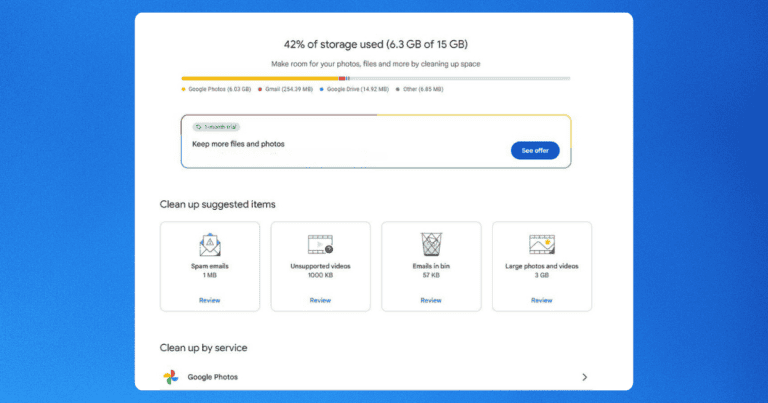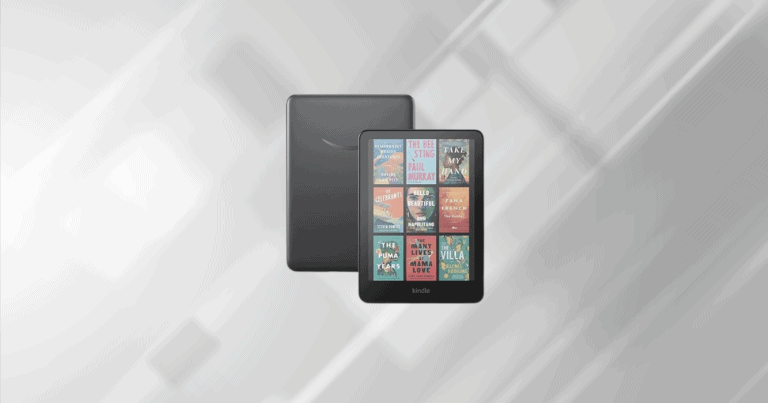As we step into 2024, the landscape for selling used electronics has evolved to offer numerous options that cater to diverse seller preferences. From streamlined processes and fast payouts to local sales and trade-in programs, each platform brings unique benefits. Whether you’re considering Decluttr for its simplicity or Facebook Marketplace for local transactions, it’s essential to choose the platform that best meets your needs. Below, we dive into some of the top platforms to help you maximize profits and streamline your selling experience.
Decluttr: Quick and Easy Selling
Decluttr simplifies the process of selling used electronics, from smartphones to tablets and even gaming consoles. The process is straightforward: get an instant quote by entering details about your device, print the free shipping label, and send it off. Decluttr guarantees payments within 24 hours of receiving your device, making it a great option for those who value speed.
- Pros: Quick payment, free shipping label, no selling fees.
- Cons: Offers may be lower compared to direct buyer platforms.
With a minimum order value of just $5, Decluttr accommodates small and large sales alike, making it an excellent choice for those wanting a hassle-free experience.
Gazelle: Instant Quotes and Multiple Payment Options
For those looking for instant quotes and convenient payment options, Gazelle is a standout. This platform provides offers based on your device’s condition and even offers a retail kiosk option in select locations for those who prefer in-person transactions.
- Pros: Free shipping, multiple payment options (PayPal, check, Amazon gift cards).
- Cons: Prices may be slightly lower than peer-to-peer sales.
Gazelle’s commitment to fast transactions and diverse payment options makes it appealing to sellers who want quick cash without the hassle of listing and negotiating.
eBay: Broader Reach with Flexible Pricing
eBay’s massive marketplace offers sellers access to a vast audience, making it easier to find buyers for nearly any device. With options for auction-style or fixed-price listings, sellers have control over how they sell their items.
- Pros: Large audience, flexibility in pricing, competitive bidding.
- Cons: Selling fees can reach up to 15%, plus a $0.30 per transaction fee.
The site also has robust buyer protections in place, making it a safe and reliable choice for selling used electronics to a broader audience.
Swappa: Peer-to-Peer Sales for Higher Profits
Swappa is known for its peer-to-peer model, allowing sellers to directly connect with buyers. By setting your own price, you can potentially earn more than on other platforms. Swappa only charges a 3% fee, which is lower than many other platforms, giving sellers a higher return.
- Pros: Low fees, direct control over pricing, PayPal for secure payments.
- Cons: You handle the shipping yourself, which may add some complexity.
Swappa’s focus on electronics and its efficient approval process make it a reliable choice for those wanting to sell to direct buyers.
Amazon Trade-In: Quick Credit for Future Purchases
Amazon’s Trade-In Program allows users to exchange their electronics for Amazon gift cards. This is a fantastic option if you’re an avid Amazon shopper, as it’s quick and the value of the gift cards can be quite competitive.
- Pros: No listing or selling fees, easy Amazon credit.
- Cons: You can only receive store credit, not cash.
If you want to quickly turn your used electronics into credit for Amazon purchases, this program offers a seamless and efficient way to do so.
Facebook Marketplace: Local Sales and Instant Cash
Facebook Marketplace is ideal for local sales, allowing you to avoid shipping altogether and receive cash instantly. You can easily create listings and connect with buyers directly through Messenger to negotiate and finalize the sale.
- Pros: No listing fees, cash in hand, face-to-face transactions.
- Cons: Limited to local buyers, no official payment protection.
For those who enjoy meeting face-to-face with buyers, Facebook Marketplace offers the added benefit of zero fees and the ability to negotiate in real-time.
Best Buy Trade-In: Convenient Store Credit
Best Buy’s Trade-In Program allows users to trade their electronics for Best Buy gift cards. This option is convenient, particularly if you often shop at Best Buy, and offers the flexibility of mail-in or in-store drop-off.
- Pros: Quick quotes, free shipping labels for mail-ins, Best Buy gift cards.
- Cons: Store credit only, not cash.
Best Buy’s trade-in program provides an easy way to part with electronics while receiving value for future tech purchases.
Final Thoughts
The landscape for selling used electronics in 2024 offers a variety of options that cater to different needs. Whether you’re seeking instant quotes, local transactions, or maximizing profits, there’s a platform for you. Choose the one that aligns with your priorities, be it Decluttr’s simplicity, Swappa’s peer-to-peer model, or Facebook Marketplace’s local convenience, and enjoy a seamless selling experience.






